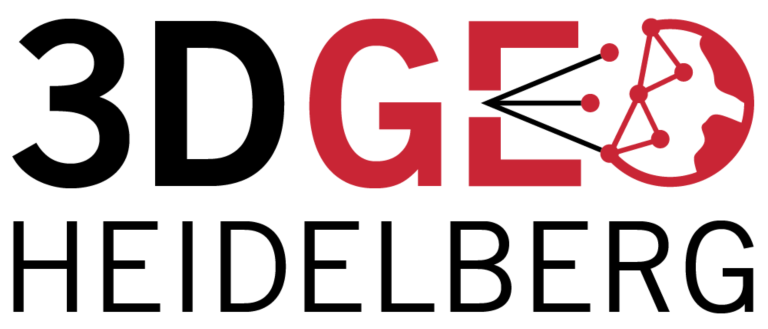Category: Research
-
Report on Human Sensor and Geographic Information Systems for Disaster Risk Management (HSenSIG) training school
On the dates of 11 to 15th of May, the European Commission (COST Action TD1202: Mapping and the Citizen Sensor) organized a training school on Human Sensor and Geographic Information Systems for Disaster Risk Management (HSenSIG) hosted by the Institute for Systems Engineering and Computers at University of Coimbra, Portugal. Our colleague, Prof. João Porto Albuquerque was invited…
-
Pairwise Line Labeling of Geographic Boundaries
We present an algorithm that labels linear features with two matched toponyms describing the left and the right side of a line, respectively. Such a pairwise line labeling is a common technique used in manually produced maps (see Figure 1). The lines differentiate administrative divisions or other geographic subdivisions. The proposed method can be used…
-
Teaching and research in Santiago de Chile / Docencia e investigación en Santiago de Chile
During the first half of May 2015, Bernhard Höfle and his NEOHAZ team members Carolin Klonner, Sabrina Marx and Tomás Usón were teaching at the Heidelberg Center for Latin America (HCLA) in Santiago de Chile as well as conducting research for the NEOHAZ project related to urban flood risk management. The project aims at analysing…
-
Mapping Support Event for Nepal at ISCRAM conference 2015 in Norway
As members of the disastermappers heidelberg and the GIScience Research Group Benjamin Herfort and Melanie Eckle were presenting their research at this years ISCRAM conference in Kristiansand, Norway. ISCRAM being a conference for researchers and practitioners in the field of disaster and emergency management, they also used this situation to set up a spontaneous Mapping…
-
Mon-Shieh Yang successfully completes his PhD
Mon-Shieh Yang successfully defended his PhD thesis at the National Cheng Kung University (NCKU) in Taiwan. We cordially congratulate him! Mon-Shieh was member of the Heidelberg GIScience Team for almost one year (until May 2015). He was performing research with the LiDAR Research Group (LRG) where he investigated the derivation of novel LiDAR-based roughness measures…
-
The importance of sidewalk information in OpenStreetMap for routing and navigation of people with restricted mobility
Since the launch of OpenStreetMap (OSM) project in 2004, due to its nature and objective in collecting data from volunteers which are not necessarily familiar with GIScience and data collection procedures, the quality of gathered information has always been a main concern for both research and industrial communities. Several research studies have been conducted to…
-
Nepal Disaster Mapping Heidelberg University
Following the earthquake which struck Nepal on April 25 hundreds of volunteers worldwide come together to map out disaster affected areas through the coordination of the Humanitarian OpenStreetMap Team (HOT) and the local partner in Kathmandu, the Kathmandu Living Labs team. Disastermappers Heidelberg joined the efforts on monday evening by organizing a first mapping event.…
-
3D Field Trip to Greece – Exploring 3D GIScience in one of the most exciting geological settings
Our students learned how multiple 3D geodata sensor systems (LiDAR, UAVs, GNSS) can be used to capture and analyze the geomorphology and geology of one of the most exciting geological areas, the Peloponnese in Greece. Together with the geology students from the University of Stavanger more than 30 young researchers explored the area around the…
-
Mapping for wheelchair users at Heidelberg castle gardens
On the occasion of the European protest day for equal rights of people with disabilities the Heidelberg advisory board of people with disabilities organises an event at Heidelberg castle tomorrow (30/4) from 2pm to 5pm. Our local CAP4ACCESS team is happy to join this event by leading mapping efforts to fill some data gaps in…
-
Disaster OpenRouteService for Nepal
Facing the most severe earthquake for the past decades, Nepal and especially the Kathmandu area show unimagineable devastations. In order to provide emergency and rescue forces with near real time information concerning infrastructural conditions of roads and buildings the Humanitarian OpenStreetMap Team (H.O.T.) as part of the OpenStreetMap Community coordinates the crisis mapping activities for…


